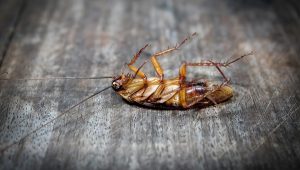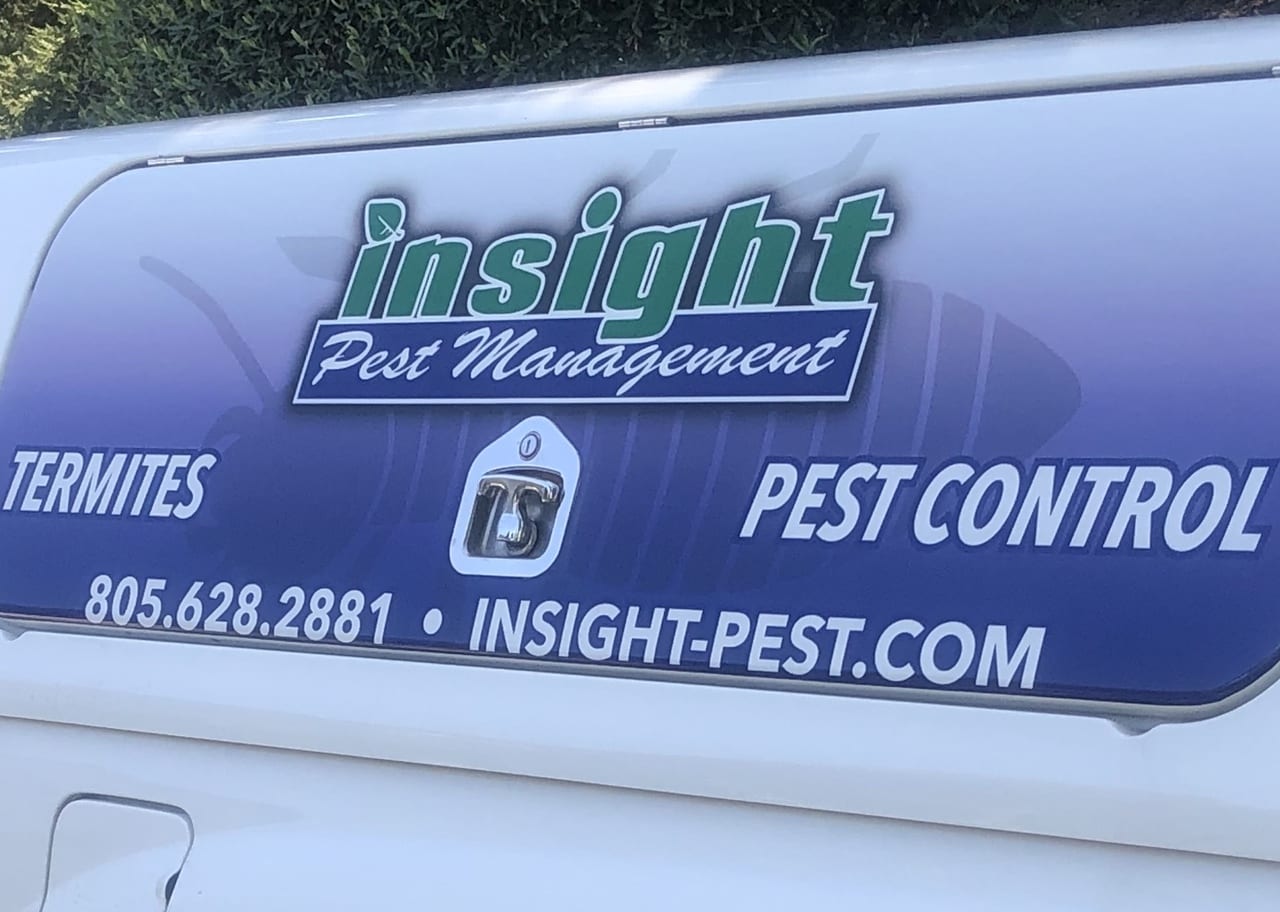
Keratin-rich items that attract fabric pests include wool, silk, cashmere, furs, and leather. However, fabric pests will readily feed on any fabric that has absorbed nutritious perspiration, such as dirty clothing, bedding and furniture upholstery. Carpeting is also vulnerable to fabric pest damage due to the enormous amount of dead skin, hair, animal fur, and other sources of keratin that collect on flooring. Serious fabric pest infestations are most frequently found in boxes of clothing kept in storage, and this is especially true when it comes to clothes moth infestations. In order to keep stored clothing safe from fabric pest infestations, all clothing, whether animal-based or not, should be dry-cleaned before being placed in storage. It is also important to keep stored clothing in tightly sealed storage containers as opposed to boxes that allow clothing to be easily accessed by pests.
In addition to clothes moths and carpet beetles, insect pests like silverfish, cockroaches, crickets, and even southern fire ants are known for damaging fabrics on occasion, especially stored fabrics. However, these above-mentioned insect pests may be better known for eating away at paper items kept in storage, such as archival documents, old newspapers, cardboard boxes, and old books. Cockroaches and house crickets have been documented feeding on both clean and dirty fabrics like cotton, polyester, nylon, wool, acrylic fabrics, and even leather and other animal skins.
Cockroaches prefer to feed on keratin-containing fabrics, or fabrics soiled in perspiration, and along with silverfish, they often eat the glue in bookbinding. Booklice feed on microscopic fungi that take form on paper stored in moist conditions, and they may also feed on certain keratin-containing materials. In order to prevent stored items from becoming infested by these pests, keeping moisture levels as low as possible in attics, storage closets, and basements is essential. A dehumidifier may be necessary in some situations, and regular vacuuming will prevent sources of keratin from collecting on carpeting and furniture upholstery.
Have you ever encountered mysterious holes in your clothing that you believe had been caused by fabric pests?


